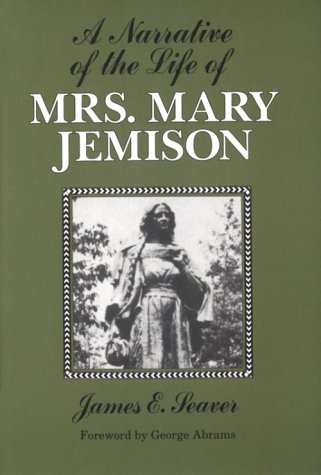Description
pp.167.paperback edition.”The film Dance with Wolves shows how some whites, at the time of the first European contacts with American Indians, chose not to return to their own culture. Mary Jemison was perhaps the most famous white captive who stayed to live among the Indians. Her account of her life with the Senecas–as told to upstate New York doctor James Everett Seaver in 1824–has gone through countless editions, reprints, and retellings before the creation of this definitive edition by the feminist scholar of ethnicity June Namias. In 1758, at about the age of fifteen, Mary Jemison was captured with her Scotch-Irish family in western Pennsylvania by a party of six Shawnees and four French in the Seven Years’ War. Her captors traded her to two Seneca sisters, who adopted her to replace a slain brother. Jemison knew that her family had been killed when she saw her mother’s red-haired scalp drying over a campfire along with the scalps of her father and brothers. She herself would survive two Indian husbands (a Delaware and a Seneca), the births of eight children, the American Revolution, the War of 1812, and the development of the canals in western New York, to die in 1833 at about age ninety. Mary Jemison’s vivid personal account of her life is full of insights into Iroquois culture. It is also a major document of acculturation and survival. Mrs. Jemison stayed with the Senecas mainly because of family ties, but she also became part of Seneca society. A Narrative of the Life of Mrs. Mary Jemison is an example of an original American literary genre, the captivity narrative. Such wild and woolly accounts were the first westerns of the American frontier and the first national best-sellers. But Jemison’s story isalso about the conflicts, complexities, and relationships among white and native cultures in early America. Her Iroquois woman’s perspective on the American Revolution, and on New York in the eighteenth and the early nineteenth century, is unique among the primary sources “






